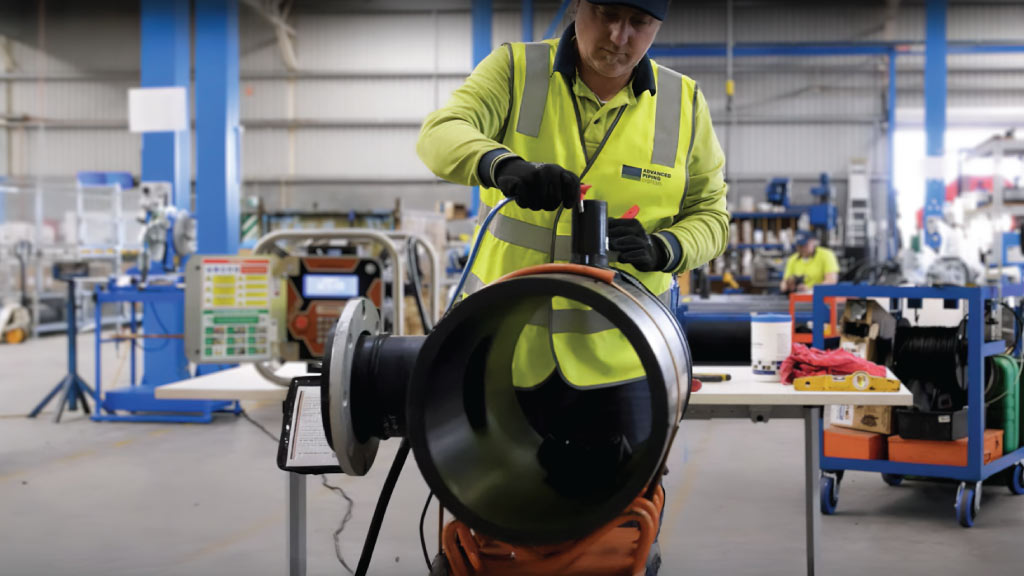How to Achieve Successful Electrofusion Jointing

The challenge
One of the most common challenges we see in the field is ensuring successful electrofusion jointing of PE systems. Installations can be challenging, sometimes due to working in confined spaces, varying weather conditions, and busy sites. But… they don’t have to be.
Maintaining a methodical approach to preparing and installing electrofusion systems will simplify the process each time. That’s why we always recommend that trained and accredited personnel conduct electrofusion jointing. This helps ensure the success and longevity of the weld.
Here are some quick tips to make sure the process goes smoothly:
- Remove the oxidized layer from the pipe using a well-fitted, high-quality scraping tool. If you don’t, it can severely compromise the quality of the joint.
- Electrofusion scrapers help you maintain a constant thickness that matches the exact length of the electrofusion coupler you’re using.
- Before you insert the pipe into the fitting, wipe the surface with an isopropanol wipe to remove any residue. Then let it dry without introducing any contaminants. Even small substances such as lint from clothing, dust or oil from skin contact can affect the weld process.
- Using the correct-sized clamps will give you the added assurance that the pipe will not move during the scraping and fusion process, keeping everything tight and straight.
- Finally, when you conduct the electrofusion jointing, strictly follow the machine’s instructions to ensure you allow enough time for heating and cooling.
How Advanced Piping Systems help
When you buy electrofusion fittings from Advanced Piping Systems, we ensure you have the right tools and equipment for the job. This gives both you and us peace of mind that the weld will be done correctly.
It takes the hard work out of it and our range of scrapers, tools and pipe preparation equipment covers all your project needs.
While the electrofusion process has more detailed steps, these main activities highlight the importance of following the checklist. You should also ensure that trained and accredited welders conduct the electrofusion process.
We’re here to support your projects with expert advice whenever you need it – whether over the phone or on-site. You can also join us at our head office for training and accreditation in electrofusion and butt welding. For more details, click here.
Interested in a demonstration of an electrofusion installation? Watch it on our YouTube channel.

